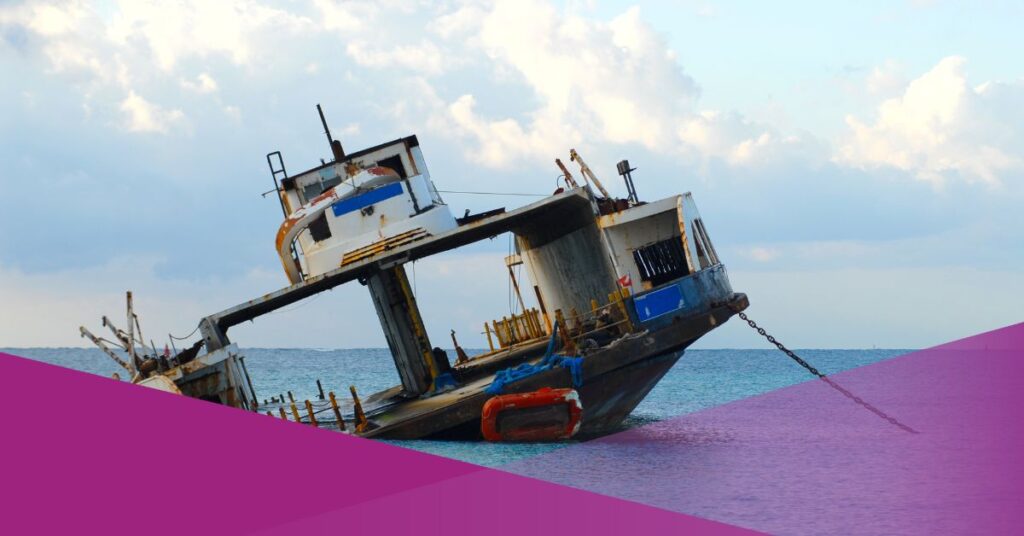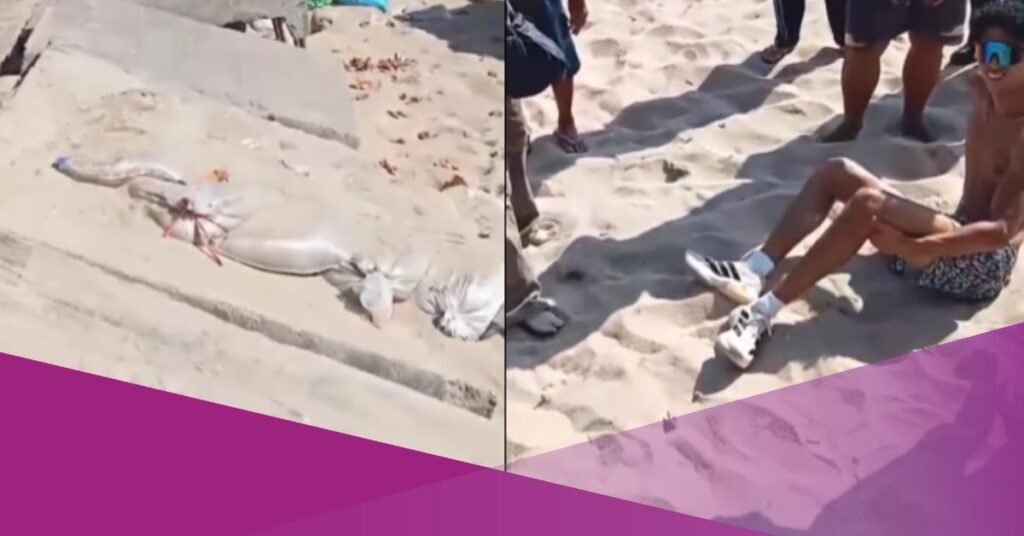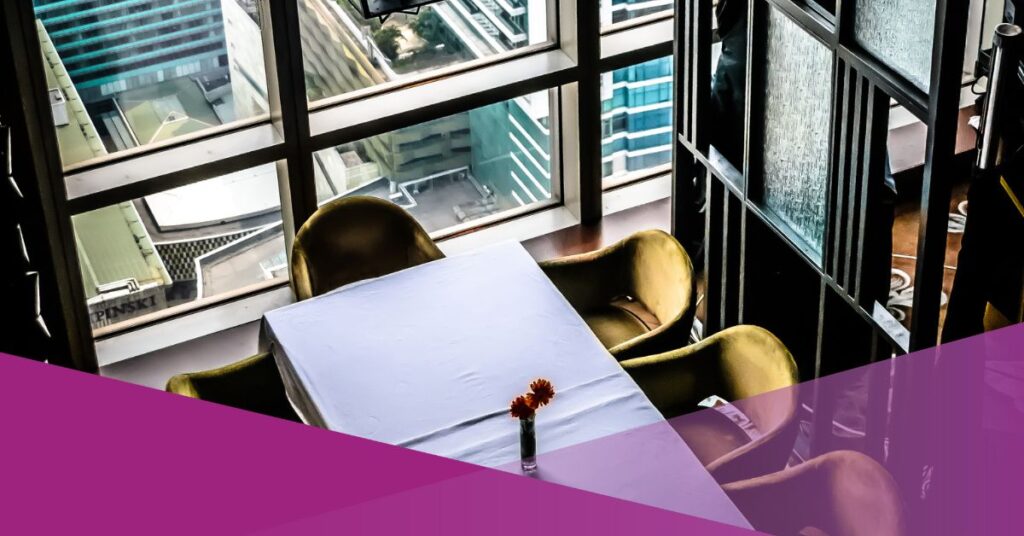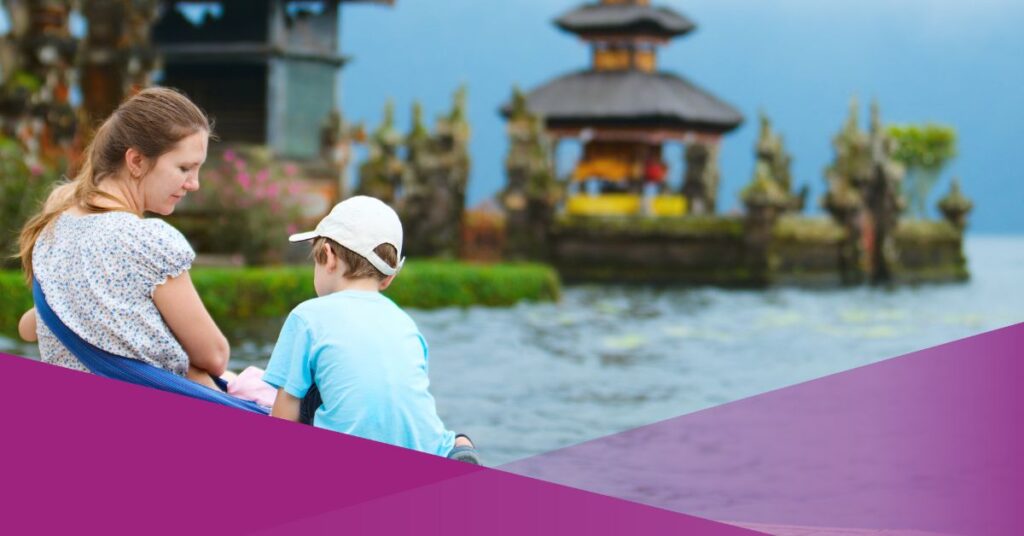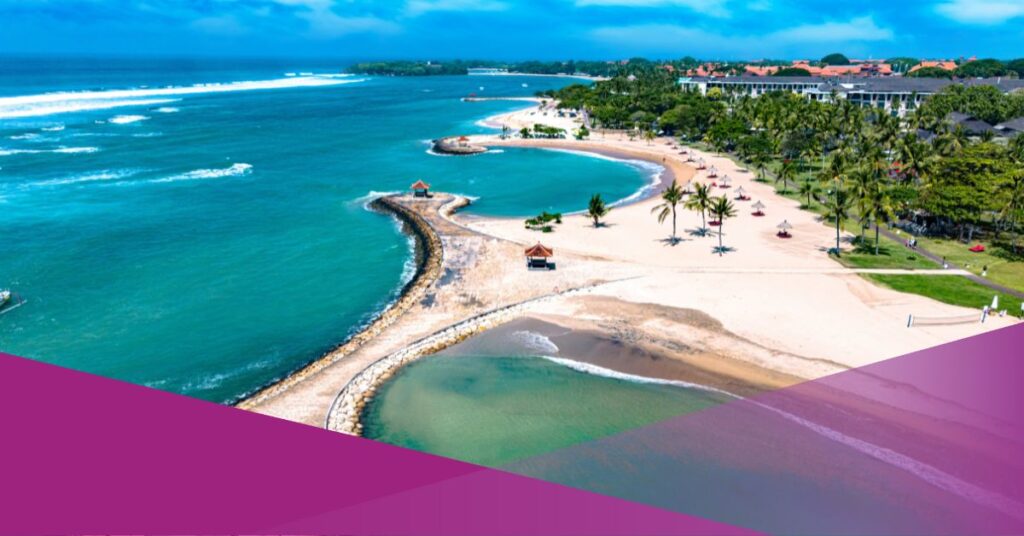Ship Sinking Indonesia: A History of Maritime Disasters from Java to Eastern Indonesia
Ship sinking incidents in Indonesia have long raised alarms about maritime safety, particularly involving ferries navigating the Java Sea, the Bali Strait, and beyond.
With its thousands of islands, Indonesia depends heavily on marine transportation, yet safety oversight remains inconsistent. Recent tragedies involving KMP Tunu Pratama Jaya and KM Barcelona 5 echo a pattern of preventable disasters.
Timeline of Ship Sinking Indonesia and Rescue Efforts Across Java and Beyond
Below is a chronological overview of major ferry and ship accidents across Indonesia.
1. 1981 – KM Tampomas II Sinks in the Java Sea
On 27 January 1981, KM Tampomas II caught fire and sank near the Masalembo Islands in the Java Sea while sailing from Jakarta to Makassar. The fire began in the vehicle deck, reportedly due to a violation of safety rules such as smoking in prohibited areas. Of the over 1,000 passengers and crew, 369 people lost their lives.
2. October 1985 – PLM Labalikan Disaster in Bali Strait
PLM Labalikan encountered extreme weather, with strong winds and waves causing the vessel to sink in the Bali Strait. Of the crew on board, 13 were rescued, while 12 remained missing. The tragedy was one of the earlier maritime disasters, highlighting the risks of this narrow and storm-prone strait.
3. 1994 – LCT Kaltim Mas II Capsizes
In 1994, the LCT Kaltim Mas II ferry sank due to high waves and strong currents. The accident led to multiple casualties and is remembered as one of the tragic events to strike Indonesian waters in the 1990s. It reinforced concerns about the limited weather monitoring systems at the time.
4. 2005 – KM Digoel Sinks in Arafura Waters
On 8 July 2005, KM Digoel, sailing from Merauke to Tanah Merah, sank in rough seas while reportedly overloaded with passengers and cargo, including two bulldozers and hundreds of cement sacks. Eighty-four people were confirmed dead, while over 100 others were reported missing.
5. 2007 – KM Levina, I Burns, and Sinks Twice
KM Levina I caught fire shortly after departing Tanjung Priok Port on 22 February 2007. While it was being investigated three days later, the damaged vessel sank again. Over 290 passengers survived, but 51 people died, and some reports estimate the death toll could have reached 89.
6. 2009 – KM Teratai Prima Capsizes
In January 2009, KM Teratai Prima sank while en route from Parepare to Samarinda after being struck by large waves during the early hours. There were 250 people on board. Only 31 were confirmed rescued, with the majority presumed missing or dead. Investigators ruled out overcapacity, but cited extreme weather as the cause of sinking of MV Teratai Prima.
7. 2015 – KM Marina Baru 2B Disappears in Bone Bay
KM Marina Baru 2B disappeared in Bone Bay while sailing from Kolaka to Siwa in December 2015. The official passenger list varied, but it is estimated that 69 to 71 people were missing, with only 40 survivors and 7 confirmed dead. The tragedy was linked to bad weather and vessel overload.
8. 2016 – KMP Rafelia 2 Sinks in Bali Strait
The KMP Rafelia 2 ferry sank in the Bali Strait in March 2016. The ship was allegedly overloaded, and strong currents contributed to the accident. The sinking added to the growing list of marine disasters in the strait that separates Java and Bali, known for its unpredictable sea conditions.
9. 2017 – KM Zahro Express Catches Fire
On 1 January 2017, KM Zahro Express caught fire near Tidung Island in the Thousand Islands, shortly after departing Muara Angke. The cause was suspected to be an electrical short circuit. The ferry carried 244 people, and 23 were killed—20 of whom died from burns. Sixteen burn victims were treated at Atmajaya Hospital.
10. 2018 – KM Sinar Bangun Sinks in Lake Toba
On 18 June 2018, KM Sinar Bangun sank in Lake Toba, North Sumatra. Overloaded with passengers and vehicles, the ferry was caught in a storm and capsized.
More than 150 people were killed, while only 21 survived, rescuers search for victims. The vessel was later found at a depth of 450 metres, complicating recovery efforts.
11. 2021 – KMP Yunicee Capsizes Near Gilimanuk
In May 2021, KMP Yunicee capsized while approaching Gilimanuk Harbour in the Bali Strait, Indonesia’s resort island of Bali. The vessel was swept away by strong currents and waves. The incident again spotlighted the dangers of ferry travel in the strait and the need for better docking safety measures and vessel handling protocols.
12. 2025 – KMP Tunu Pratama Jaya, Ferry Sinks Near Bali Strait
On 3 July 2025, KMP Tunu Pratama Jaya sank while carrying 53 passengers and 12 crew members, also 22 vehicles. The Indonesian National Search and Rescue Agency (BASARNAS) team responded swiftly, rescuing four people. Fishermen also helped evacuate the victims to nearby islands.
Dozens remain unaccounted for. This incident revived public scrutiny of safety standards in ferry operations between Banyuwangi, East Java and Bali.
13. 2025 – KM Barcelona 5 Catches Fire at Sea
Lihat postingan ini di Instagram
Sebuah kiriman dibagikan oleh Al Jazeera English (@aljazeeraenglish)
On 20 July 2025, KM Barcelona 5 caught fire en route from Lirung to Manado. The fire, suspected to have originated from the upper deck, forced hundreds of passengers to jump into the sea.
A total of 284 people were rescued by national search and rescue agency, including three medical patients who were later hospitalised. Injured passengers were treated at several regional health centres.
Improving Ferry Safety in Indonesia
These recurring ship sinking incidents in Indonesia point to a critical need for improvements in maritime safety. Ferry tragedies are common in Indonesia, an archipelago of more than 17,000 islands, where ferries are often used as transport and safety regulations can lapse. The following actions are essential to prevent future tragedies:
- Regular vessel inspection and maintenance
- Adequate safety training for crew members
- Enforcement of passenger and cargo limits
- Installation of early warning systems for severe weather
- Each ferry equipped with sufficient life jackets
- Stronger regulation and consistent enforcement
- Better emergency preparedness and coordination
Improving these areas is vital to secure the safety of passengers and crew, especially on heavily used routes across Java, Bali, and eastern Indonesia.
